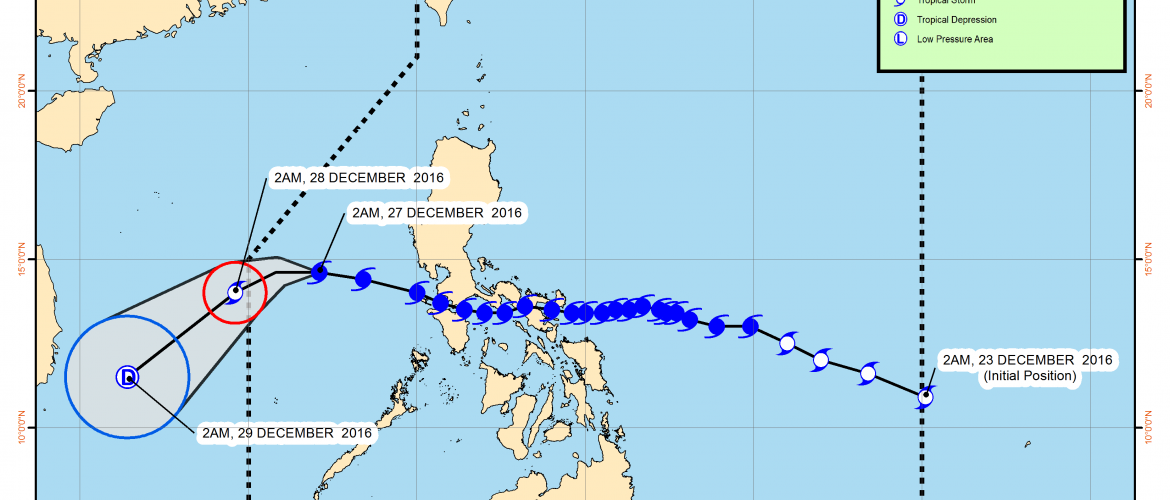Oxfam holds fears for the safety of people living in remote island communities affected by Typhoon Nock-Ten, which hammered the central Philippines late on Sunday, killing at least six people, displacing hundreds of thousands and knocking out power to five provinces at the height of Christmas celebrations in Asia’s largest Catholic nation.
Known locally as Nina, the typhoon brought winds of 185 km/h, with gusts up to 255 km/h.
Oxfam Philippines Acting Country Director Dante Dalabajan said Oxfam staff and partners stood ready to mobilise teams to conduct assessments of affected areas if help was requested.
“It is still difficult to know the full extent of the damage caused by Typhoon Nina because power and communications networks have been knocked out in many remote areas, but Oxfam is on stand-by to assist the national government,” Mr Dalabajan said.
“We are gathering information from our partners in communities hit by the typhoon, as well as local authorities and agencies of government at the national level, to piece together the immediate needs of affected people.
“We are concerned about the safety of people living in remote island communities; it’s likely to be hours or days before we get accurate reports of how they have fared.
“The challenge now is how quickly food and other essential items can be delivered to the communities who need it, especially in far-flung areas.”
Mr Dalabajan said he recognised the government’s leading role in responding to the effects of the typhoon, which brought very destructive winds and torrential rainfall, causing storm surges, flash flooding and landslides.
Communities in Catanduanes province in the Bicol region bore the brunt of the typhoon when as it first made landfall, and a state of calamity has been declared there and in neighbouring Camarines Sur.
Local Governor Joseph Cua said 70 per cent of the electric posts had been knocked down in Catanduanes province.
According to the United Nations and European Commission’s Global Disaster Alert Coordination System, the typhoon could have affected up to 14 million people with cyclone strength winds and heavy rain.
Around 20 storms hit the Philippines each year. In 2013, Super Typhoon Haiyan, the deadliest typhoon in recent history, wreaked havoc in Eastern Visayas, killing over 6,300 people and displacing 4 million. Oxfam responded to the massive damage and assisted nearly 900,000 people in the worst affected areas by providing clean water, sanitation, shelter and assistance to rebuild their lives and livelihoods.
Donations to support Oxfam’s emergency responses around the world can be made online.
For interviews or more information, please contact Dylan Quinnell on 0450 668 350 or dylanq@oxfam.org.au


Comments are closed.